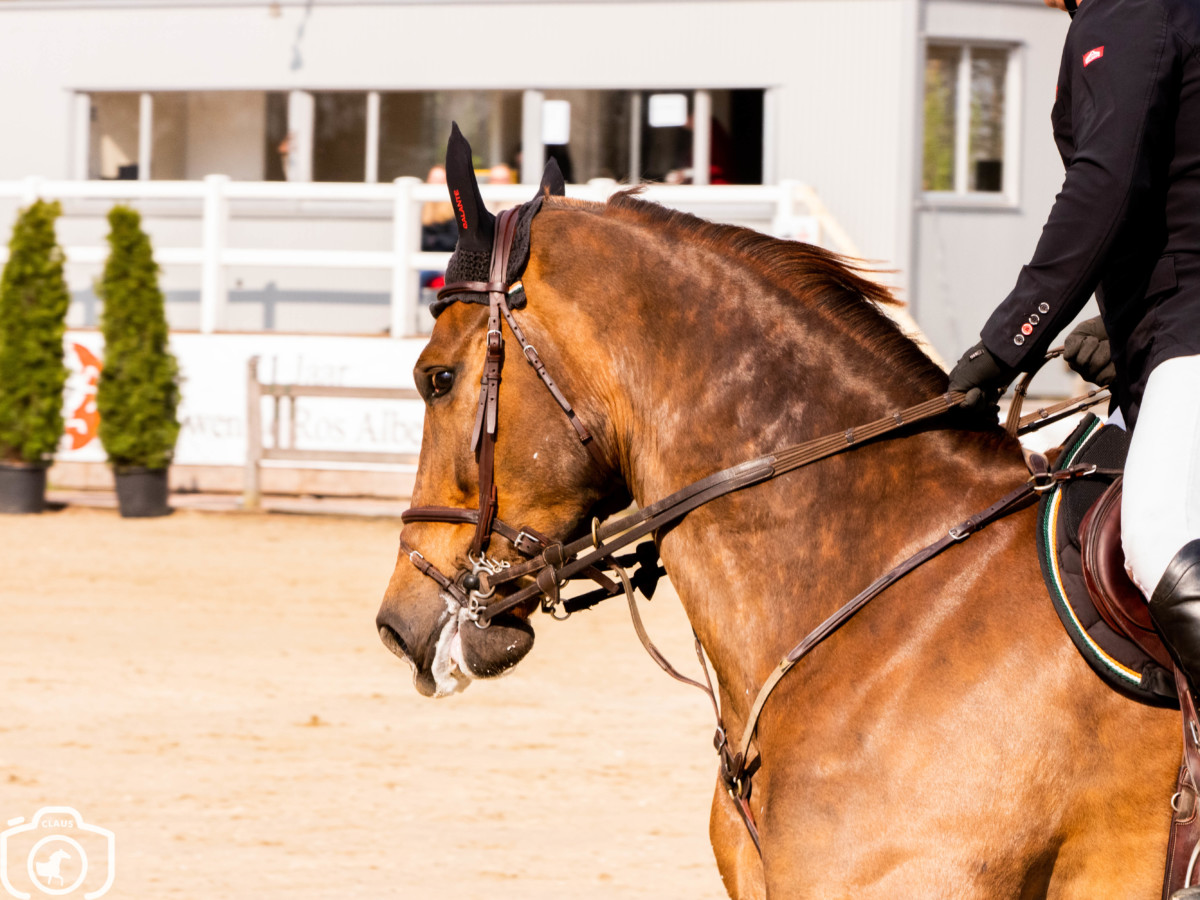It's that time of the year again, where the warm summer zephyrs quietly sift through the trees. Red Maple Trees, regarded for their beauty and colorful vibrance, have been planted even in places where they aren't naturally occurring. While maple trees are widely regarded as a symbol of peace and strength, they can prove to be grave danger to our equine partners. The Problem: The amount of toxins in maple leaves increase during the summer. The leaves remain toxic a few weeks after having fallen. When horses eat wilted or dried maple leaves they sustain damage to their red blood cells which results in haemolytic disease characterized by severe depression, anemia and hemoglobinuria. This condition can be fatal if not treated. Increases of maple leave poisoning in equine have also been shown after storms, where wilted leaves are blown off trees, or when trees are pruned and piled where horses might have access to them. What to Look For: A horse which has ingested red maple leaves to a poisonous level (anywhere from 1.3 to five pounds) will exhibit signs which include acute weakness, depression, pale to yellow mucus and dark brown to red urine. They may also display respiratory distress, despite maintaining a normal body temperature. If a horse shows signs of red maple leaf poisoning it is advised that a veterinarian be consulted immediately. Treatment is in the prevention of toxin absorption, so horses should still be allowed access to hay and fresh water. Horses Most Susceptible: According to Dr. Tom Lenz of the American Association of Equine Practitioners (AAEP), "Horses at greatest risk for poisoning are horses not receiving enough roughage, horses kept in dry lots with limited hay, or young horses." Prevention: Preventing red maple leaf poisoning begins with restricting access to exposure. Trim low hanging branches where horses might be able to reach, do not dispose of leaves accumulated from yard work into the pasture and remove fallen leaves and branches from paddocks after a storm. Ensure your horse's diet consists of enough forage. Trees existing in paddocks where horses have limited turn-out should be removed, as these horses are more likely to eat wilted leaves.



